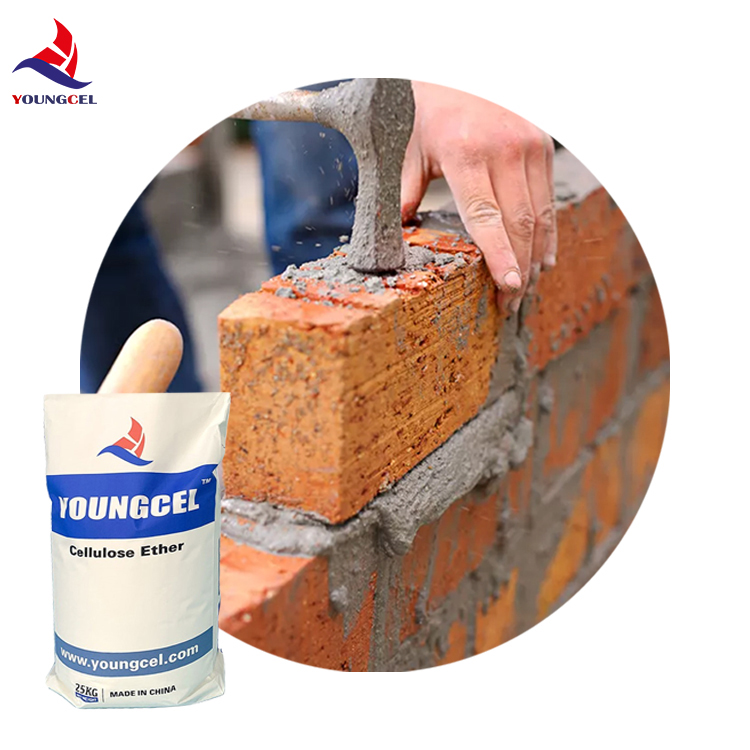Understanding Adhesion and the Role of Additives
Adhesion is a fundamental property in materials science, significantly influencing the performance and longevity of various products. It refers to the ability of two surfaces to stick together, and it plays a crucial role in applications ranging from construction and manufacturing to electronics and packaging. However, achieving optimal adhesion often requires the use of additives that enhance this property. This article explores the concept of adhesion, the factors affecting it, and the importance of additives in improving adherence in materials.
The Fundamentals of Adhesion
Adhesion occurs at the interface between two materials and is influenced by several factors including surface energy, roughness, and cleanliness. High surface energy materials, such as metals and glass, generally demonstrate stronger adhesive properties compared to low surface energy materials like plastics. Additionally, the physical texture of the surfaces can affect how tightly the materials bond; a rough surface can provide more mechanical interlocking, thereby enhancing adhesion.
The cleanliness of surfaces is another critical factor. Contaminants such as dust, oil, or moisture can greatly diminish adhesion by creating a barrier between the surfaces. Therefore, proper surface preparation is crucial to achieving optimal bonding.
The Role of Additives
While understanding the basics of adhesion is important, it is often insufficient on its own. This is where adhesion additives come into play. These substances are introduced into formulations to enhance the adhesion properties of materials, particularly in coatings, adhesives, and sealants. The use of additives can help overcome specific challenges related to adhesion, ensuring that products perform as expected.
adhesion additive

Adhesion additives can be categorized into several types, including reactive agents, surfactants, and polymers. Each type has its unique mechanism of action. For instance, reactive agents may chemically bond to the surfaces involved, creating a stronger adhesive network. Surfactants, on the other hand, can reduce surface tensions and improve wetting, allowing adhesives to spread more evenly across surfaces. This is particularly critical in applications where uniform coverage is essential for effective adhesion.
Polymers used as additives can also form a film that enhances adhesion between layers, providing a tougher and more resistant bond. This is especially useful in multi-layer systems where different materials must adhere to one another without delaminating over time.
Improving Adhesion Performance
The selection of appropriate additives is vital to enhancing adhesion performance. Factors such as the types of materials being bonded, environmental conditions, and the specific application requirements all play a role in determining the most effective additive. For example, in the automotive industry, additives that can withstand extreme temperatures and chemical exposure are essential for ensuring long-lasting adhesion in vehicle assemblies.
Moreover, the compatibility of additives with other formulation components must be considered. Incompatibility can lead to phase separation, reduced performance, or even failure of the bonding agent. Therefore, thorough testing and evaluation are crucial during the development phase to ensure that the chosen additives will enhance adhesion without compromising other properties.
Conclusion
In conclusion, adhesion is a critical factor in a wide range of industries, affecting the durability and functionality of products. While fundamental principles of adhesion provide a foundation for understanding how materials interact, the use of adhesion additives can significantly improve performance. These additives tackle common adhesion challenges, enhancing the bond between surfaces for various applications. As technology advances, the development of new and more effective adhesion additives will continue to play a pivotal role in materials science, paving the way for improved product performance and longevity. Understanding and utilizing these concepts effectively can lead to innovations that redefine standards in manufacturing and product design.
-
The Application and Significance of Construction RdpNewsMay.19,2025
-
Industrial Grade HpmcNewsMay.19,2025
-
Building Coating Adhesive Building Coating Adhesive HpmcNewsMay.19,2025
-
Application Of Hpmc For Detergent For Detergent In DetergentsNewsMay.19,2025
-
Application Of Hpmc Cellulose In Cement-Based MaterialsNewsMay.19,2025
-
Application Of High Quality Hpmc For Construction In The Field Of ConstructionNewsMay.19,2025




